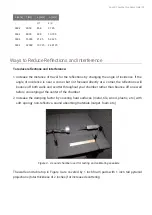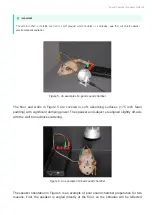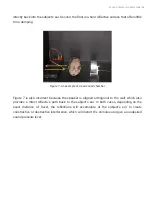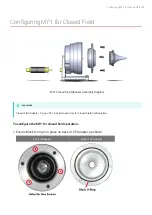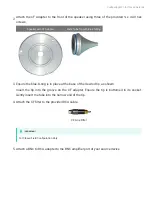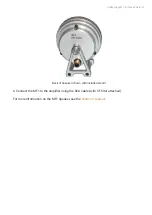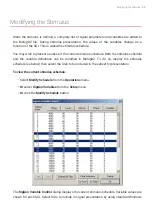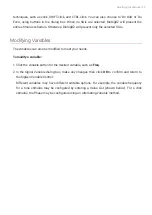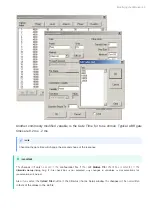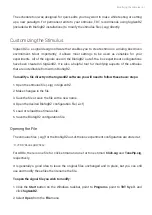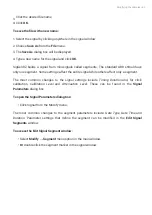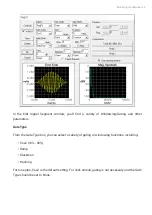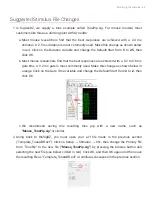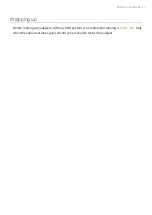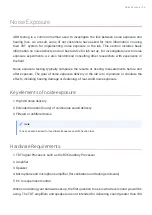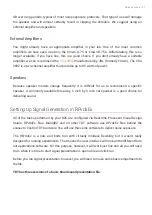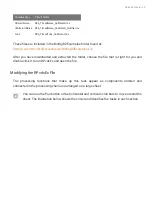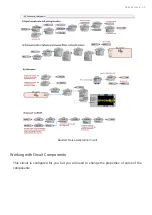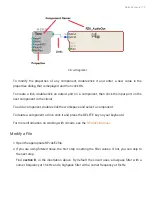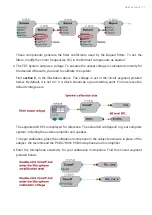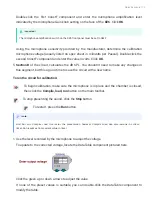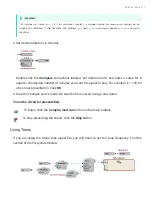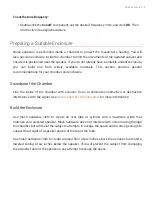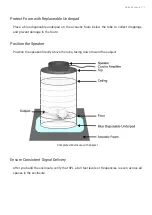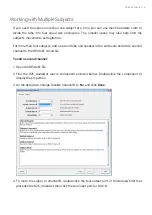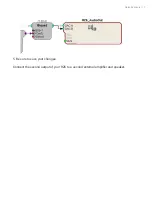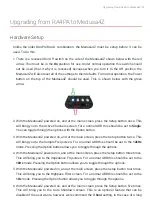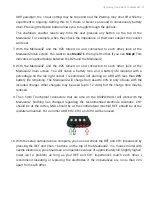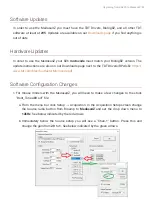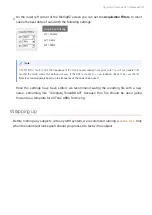
Noise Exposure
ABR testing is a common method used to investigate the link between noise exposure and
hearing loss. As a result, some of our customers have asked for more information on using
their TDT system for implementing noise exposure in the lab. This section includes basic
information on noise delivery and our best advice for lab set up. For investigators new to noise
exposure experiments, we also recommend consulting other researchers with experience in
the
fi
eld.
Noise exposure testing typically compares the results of hearing measurements before and
after exposure. The goal of noise exposure delivery in the lab is to reproduce or simulate the
effects, including hearing damage or deafening, of real-world noise exposure.
Key elements of noise exposure:
High dB noise delivery
Extended duration (hours) of continuous sound delivery
Filtered or un
fi
ltered noise
Hardware Requirements:
TDT Signal Processor, such as the RZ6 Auditory Processor
Ampli
fi
er
Speaker
Microphone and microphone ampli
fi
er (for calibration and testing enclosure)
PC for experiment control
When considering your hardware set-up, the
fi
rst question to ask is what level sound you will be
using. The TDT ampli
fi
ers and speakers are not intended for delivering sound greater than 100
1.
2.
3.
Tones can also be used to investigate frequency-speci
fi
c hearing loss
Note
1.
2.
3.
4.
5.
Noise Exposure | 66

